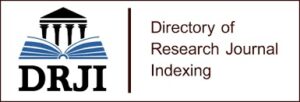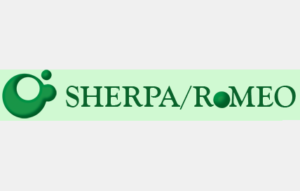Evaluation of Maize Milling Waste as a Partial Replacement for Maize in Noiler Chicken Diets
Conventional poultry feeds in Nigeria rely heavily on maize, which is subject to fluctuating supply, increasing cost, and competition with human consumption. Agro-industrial cereals by-products like Maize Milling Waste (MMW) offer a locally available, low-cost, and waste-reducing alternative capable of partially meeting the birds’ energy requirements with minimal impact on performance and economics. An eight-week feeding trial was conducted to evaluate the suitability of replacing maize with MMW at 0 %, 5 %, 10 %, and 20 % in isocaloric, isonitrogenous diets for Noiler chickens, focusing on growth performance, feed intake, feed conversion ratio (FCR), and to determine the optimal inclusion level for the finisher phase. A total of 108-day-old Noiler chicks were randomly allocated to four dietary treatments using a completely randomised design (CRD), with 3 replicates of 9 chicks each. All birds were managed under standard conditions with ad libitum feeding and free access to water. Proximate analysis of MMW (dry matter, crude protein, fibre, ether extract, ash, nitrogen-free extract) was determined before formulation. Initial and final body weights were recorded, and average daily feed intake, as well as FCR, were calculated for the starter and finisher phases. Statistical differences were determined at P < 0.05. Weight gain and FCR were highest in the control group (0 % MMW), followed by the 5 % inclusion group. Birds on 10 % and especially 20 % MMW had progressively lower weight gain and poorer FCR compared to control (P < 0.05). Feed intake increased linearly with the level of MMW: the 20 % inclusion (T4) group consumed significantly more
Keywords: Maize milling waste; Noiler chickens; Finisher diet; Growth performance; Feed conversion; Agro-industrial by-products




















